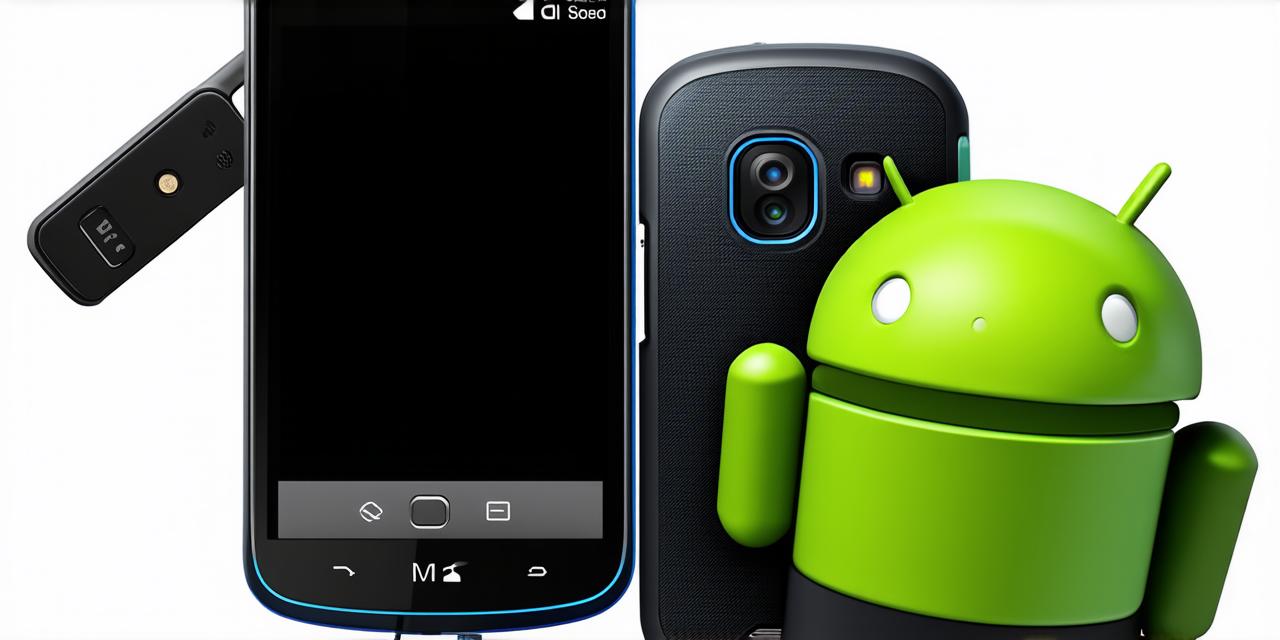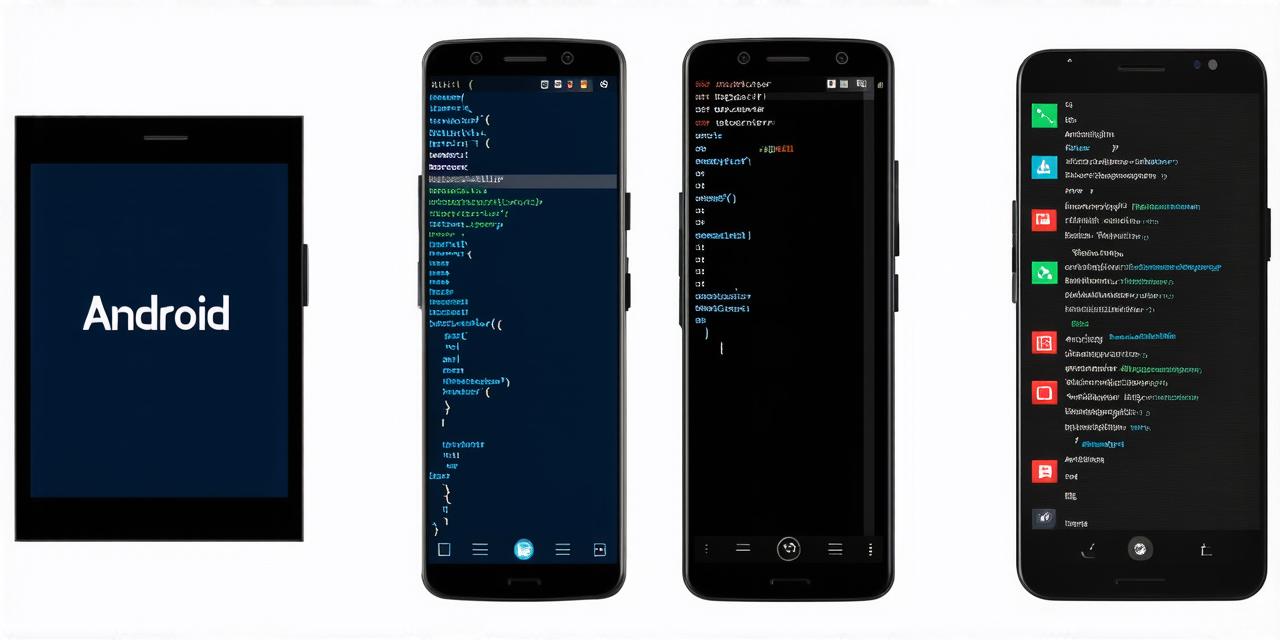Setting Up VS Code for Android Game Development
Installing VS Code
The first step in setting up VS Code for Android game development is to install the IDE. You can download VS Code from the official website or through your preferred package manager. Once installed, open VS Code and you will be greeted with a welcome screen.
Setting Up the Workspace
Once you have opened VS Code, the next step is to set up your workspace. This involves creating a new folder for your project and selecting it as your working directory in VS Code. To do this, click on the "File" menu at the top of the screen and select "Open Folder." Navigate to the location where you want to create your project folder and click "Select Folder."
Installing the Android Extension Pack
To use VS Code for Android game development, you will need to install the Android Extension Pack. This pack provides a set of extensions that make it easy to work with Android projects in VS Code. To install the Android Extension Pack, click on the "Extensions" menu at the bottom of the screen and select "Install." Search for "Android Development" and install the extension pack.
Setting Up the Debugger
Before you can start debugging your code, you will need to set up the debugger in VS Code. To do this, open the terminal by clicking on the "View" menu at the top of the screen and selecting "Terminal." In the terminal, type the following command to install the Android Debug Bridge (ADB):
bash
sudo apt-get install android-sdk-platform-tools
Next, connect your Android device to your computer using a USB cable. Once connected, open the terminal and type the following command to ensure that ADB is properly installed:
css
adb devices
If ADB is installed correctly, you should see your device listed in the terminal. Finally, click on the "Run" menu at the top of the screen and select "Debug Configurations." In the debug configurations window, click the "+" button to create a new configuration. Give your configuration a name (e.g., "Android Debug") and select "Android App Debugger" as the type. Under the "Launch Settings" section, add the following command:
javascript
{
"requestId": "com.android.ide.eclipse.launch",
"type": "adb",
"requestType": "launch",
"program": "${workspaceFolder}/build/outputs/apk/app.apk"
}
This command tells VS Code to launch your app on your Android device using ADB.
Setting Up the Task Runner
To run tasks in VS Code, you will need to set up the task runner. To do this, click on the "View" menu at the top of the screen and select "Task Runner." In the task runner window, click the "+" button to create a new task. Give your task a name (e.g., "Build App") and select "npm" as the type. Under the "Command" section, add the following command:
bash
react-native run-android
This command tells VS Code to run the "react-native run-android" command when the task is executed.
Setting Up the Watch Mode
To use watch mode in VS Code, you will need to set up file watches. To do this, click on the "Explorer" menu at the top of the screen and select "File System." In the file system explorer, right-click on the folder containing your project files and select "Open in Command Palette." In the command palette, type "Files: Watch" and select the option.
Setting Up the Terminal
To use the terminal in VS Code for Android game development, you will need to set up some environment variables. To do this, open the terminal by clicking on the "View" menu at the top of the screen and selecting "Terminal." In the terminal, type the following command to add the ANDROID_HOME variable:
bash
export ANDROID_HOME=$HOME/Android/Sdk
Next, type the following command to add the PATH variable:
bash
export PATH=$PATH:$ANDROID_HOME/platform-tools:$ANDROID_HOME/build-tools
Finally, type the following command to enable auto-completion for the terminal:
bash
source $HOME/.zshrc
Using VS Code for Android Game Development
Writing and Debugging Code
To write code in VS Code, open the "File" menu at the top of the screen and select "New File." You can then choose from a variety of file types, including Java, Kotlin, and XML.
To debug your code in VS Code, simply set a breakpoint by clicking on the line number in the left-hand gutter or by hovering over the line with your mouse. When you run your app using the debug configuration you created earlier, VS Code will automatically stop at the breakpoint and open the debugger console. From here, you can use standard debugging commands to step through your code and diagnose any issues.
Building and Running Apps
To build and run apps in VS Code for Android game development, simply click on the "Run" menu at the top of the screen and select "Task Runner." Select the task you created earlier (e.g., "Build App") and click "Run." This will compile your code and package it into an APK file that can be installed on an Android device.
To install the APK file on an Android device, connect



